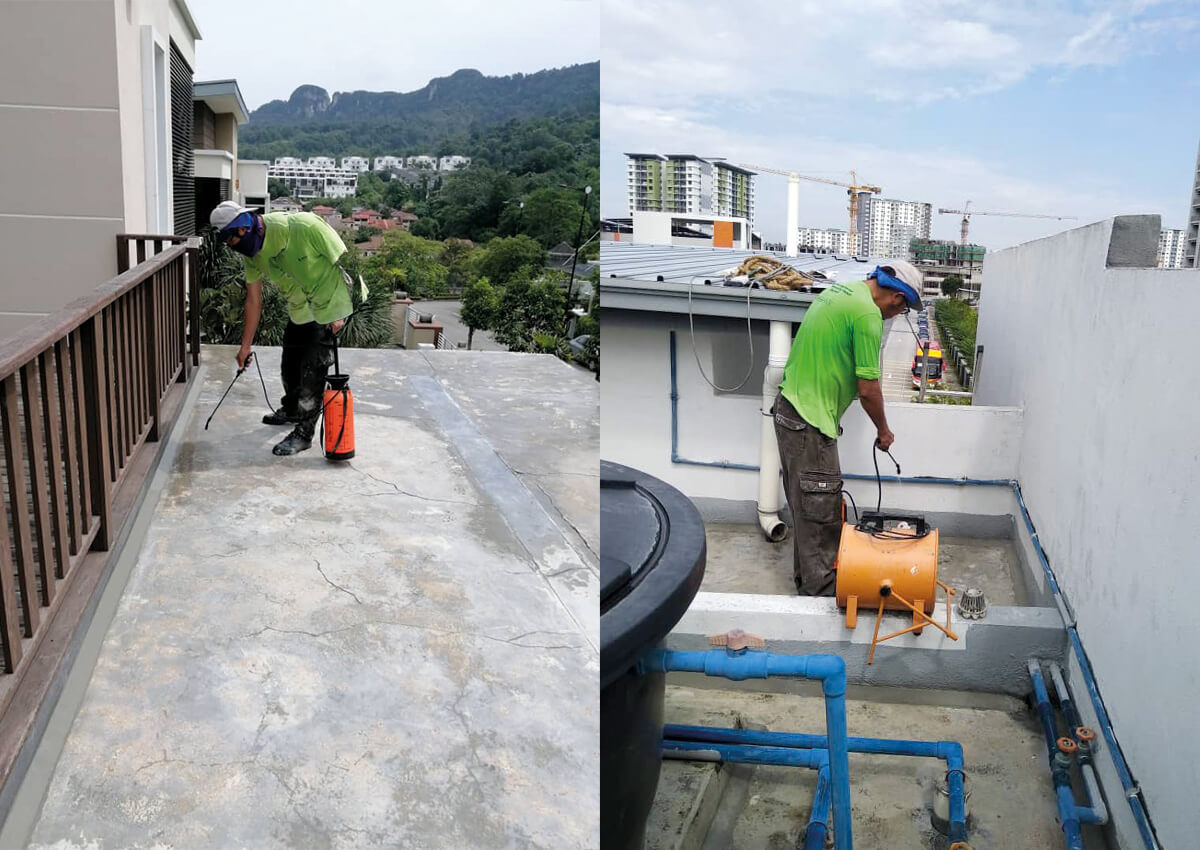Sealing Issues for Historic Homes

Heritage houses are often valued for their unique design attributes and deep narratives, but they additionally come with particular difficulties, especially when it comes to water resistance. As these properties age, their materials and structures can become vulnerable to water damage, resulting in costly maintenance and possible health risks such as fungus and mildew. Grasping the necessity of waterproofing is vital not only for protecting the beauty and integrity of these heritage jewels but also for safeguarding the investment that property owners have put in.
In this article, we will examine the multiple moisture control issues faced by historic properties and delve into strategies to reduce moisture issues. From spotting indicators that your property may need waterproofing to considering the pros and cons of DIY solutions versus professional services, we aim to provide valuable information for property owners. By discussing the particular issues related to moisture control in traditional homes, we hope to empower you to take proactive steps in protecting your property from the weather.
The Importance of Waterproofing Historic Homes
Waterproofing is vital for historic homes to protect their architectural integrity and avert water damage. These properties often have unique features, such as original materials and artisan work, which can be damaged by moisture infiltration. https://aluneed.ca/ can deteriorate the structural elements, lead to mold growth, and cause lasting destruction to interior surfaces, underpinnings, and roofs. Effective waterproofing secures that these beloved residences stay safe and comfortable while preserving their historical value.
Ignoring waterproofing in heritage properties can lead to considerable repair costs down the line. When moisture penetrates into walls or basements, it can create a cascade of issues, including wood rot and peeling paint. Over time, these minor problems can intensify, leading to major interventions or even the removal of historic features. By committing to proper waterproofing solutions, homeowners can avoid potential disasters and conserve thousands in repairs, ensuring their homes remain enduring.
In addition to safeguarding against moisture issues, waterproofing can enhance the energy performance of historic homes. By closing gaps and stopping water penetration, residents can ensure a comfortable indoor climate, reducing dependence on heating and cooling systems. This not only leads to a more enjoyable living environment but also is in harmony with green initiatives, making historic homes adaptable and sustainable.
Frequent Damp-proofing Difficulties for Historic Structures

Aged structures often face distinct waterproofing challenges that require cautious consideration and expertise. One significant issue is the presence of outdated materials and construction techniques that may not meet current waterproofing standards. Many traditional homes were built using permeable materials such as masonry, which can absorb moisture and allow water infiltration. Achieving effective waterproofing in these cases often involves customized methods designed to preserve the building's integrity while enhancing its resistance to water damage.
Another challenge is related to shifting and movement that older buildings experience over time. Foundation issues, such as cracks and gaps, can develop, compromising the building's waterproofing solutions. These vulnerabilities can lead to water seeping into cellars, resulting in mold growth and structural damage. Addressing these issues requires a combination of proper foundation repair techniques and effective waterproofing measures to create a robust barrier against moisture.
Furthermore, the aesthetic preservation of traditional homes complicates the waterproofing process. Homeowners often wish to maintain the authentic appearance of their properties, which can limit the types of waterproofing solutions that can be applied. Balancing the need for effective waterproofing with the desire to preserve architectural features requires skilled professionals who understand both the practical aspects of waterproofing and the historical significance of the building. This challenge makes it essential for homeowners to carefully choose waterproofing methods that align with their preservation goals.
Valuable Strategies for Protecting Heritage Homes
Preserving historic homes demands a careful approach to waterproofing that respects their architectural integrity. Specialized materials and methods should be employed to ensure that the original features are not damaged during the waterproofing methodology. For instance, permeable membranes can be used to enable moisture trapped within the walls to vent, stopping damage while keeping the home waterproofed. This method avoids the accumulation of moisture that can lead to mold and construction issues without retaining vapor inside the walls.
In addition to breathable membranes, traditional masonry techniques can play a critical role in waterproofing historic structures. Lime-based mortars and plasters are suitable for older homes as they provide resilience and breathability that modern materials often do not provide. These materials can help to remove moisture away from the structure while keeping the aesthetic qualities that define historic architecture. This approach not only shields the building from water damage but also safeguards its historical character.
Another efficient strategy for preventing water damage in historic homes is to pay attention to proper drainage and landscaping. Ensuring that gutters and downspouts are operating effectively can direct water away from the foundation, while landscaping features like swales and rain gardens can more manage water runoff. By combining these methods with appropriate waterproofing techniques, homeowners can significantly enhance the resilience of historic properties against water damage, securing their preservation for future generations.
